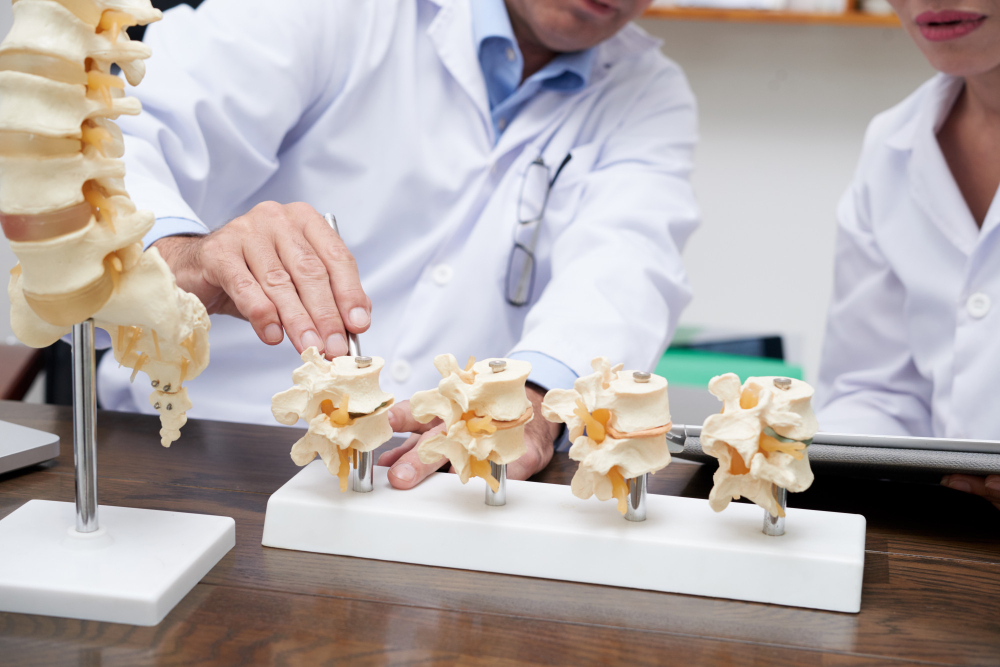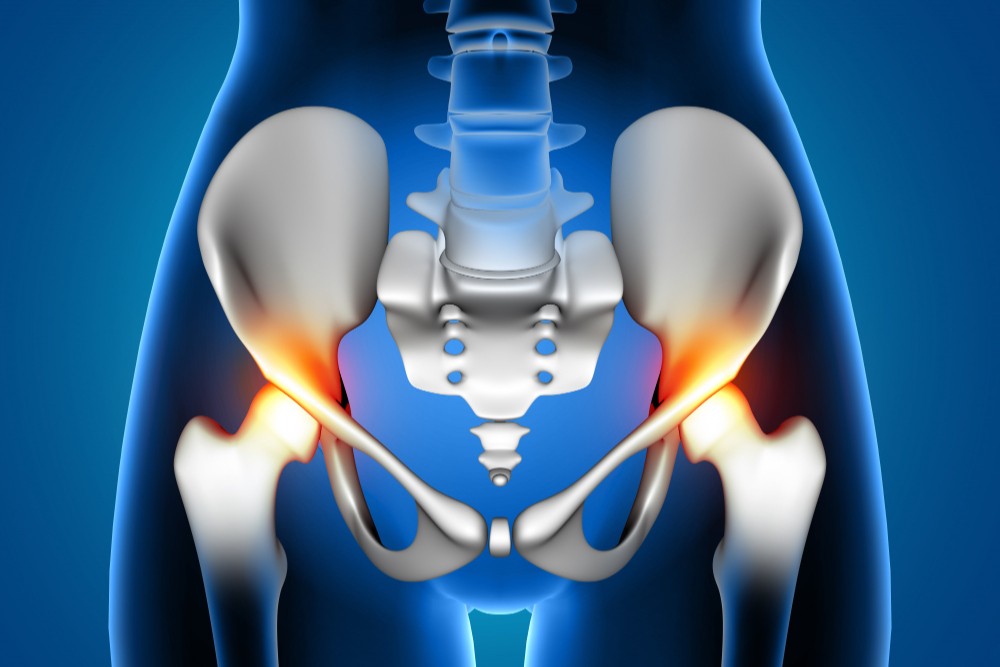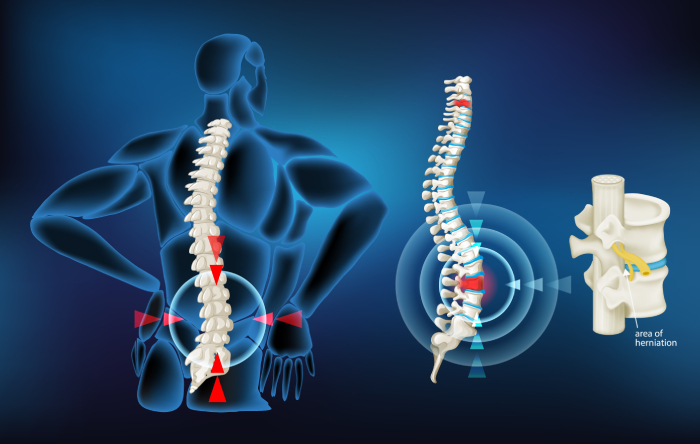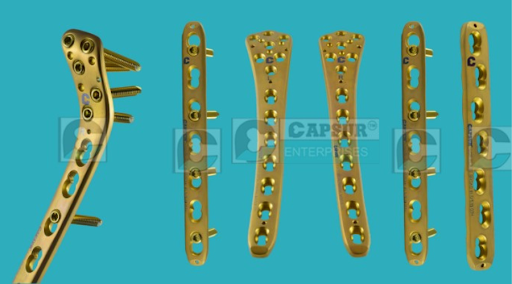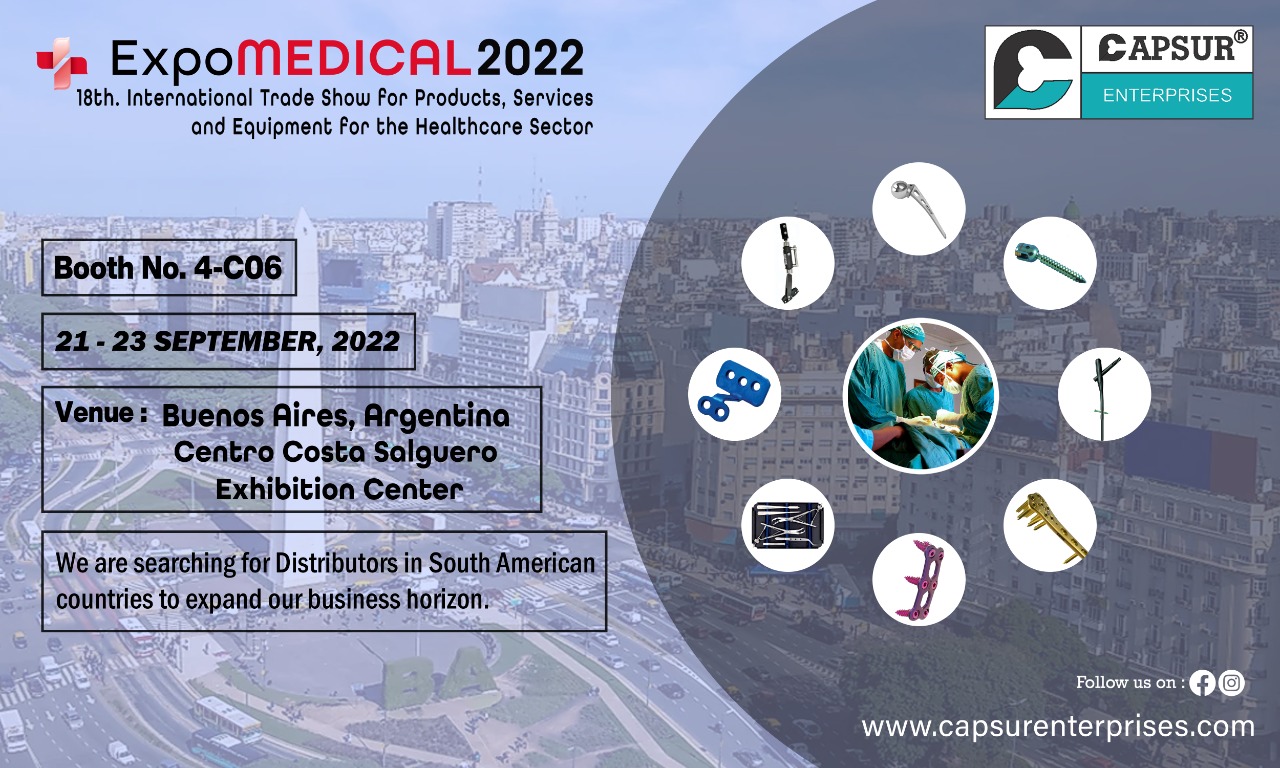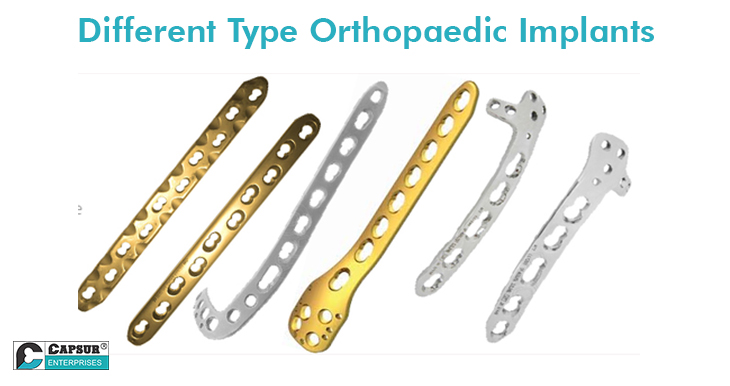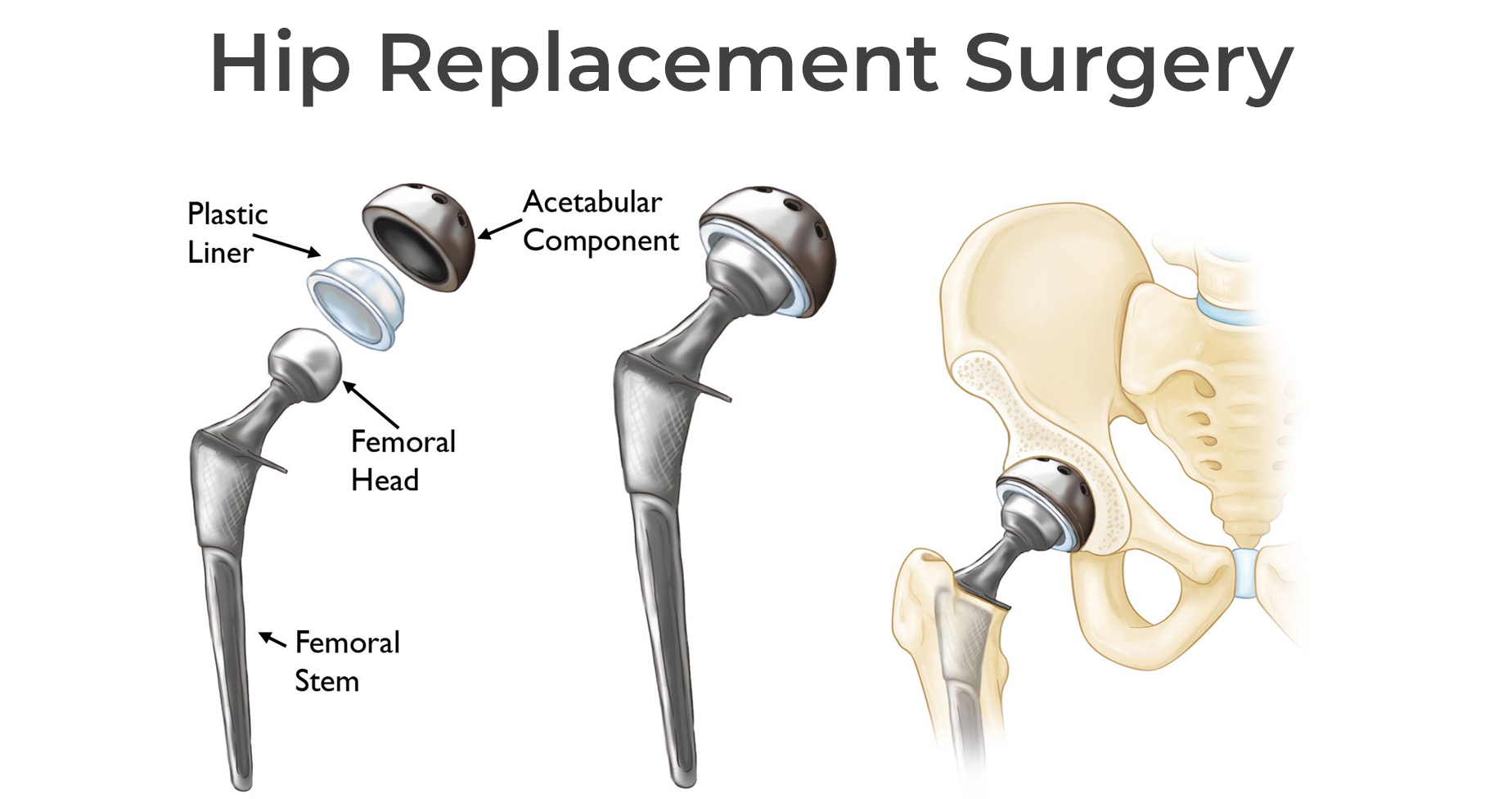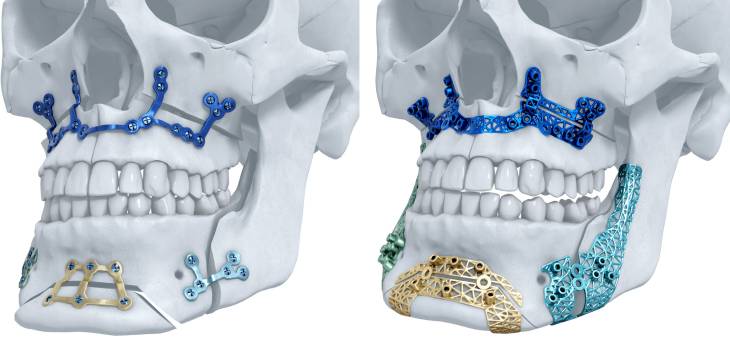Different types of Orthopedic Implants
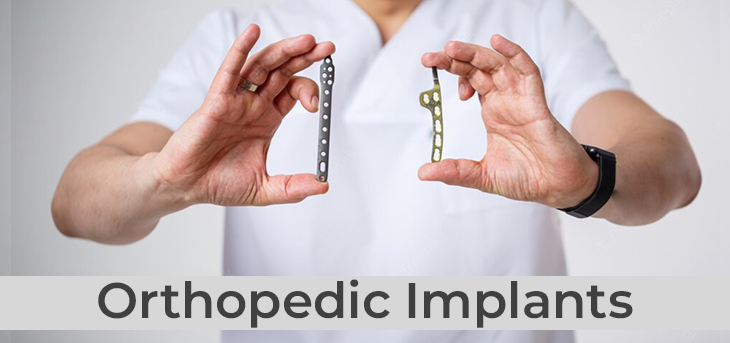
When it comes to improving our quality of life, orthopedists do all in their power, which not only gives our lives more meaning but also free us from the sorrow and suffering that may be caused by chronic pain and injury. Orthopedic implants may be used to address this issue. In most cases, implants are used to replace different parts of the body, and their results may have a big impact on the patient's life.
The most frequent orthopedic implants include screws, plates, and prostheses. Once your orthopedist has implanted your gear, you can be sure that you will feel like you have been brought back to life.
- Screws
There are several types of screws used in orthopaedics, but orthopedic screws are the most often utilized. They are similar to the screws you could get at a hardware shop. There are both flat and Phillips heads available for orthopedic screws, and they may be purchased with any head. If your orthopedist is going to use screws to fix a fractured bone or strengthen a weak spot, don't expect them to be taken out when the procedure is over. Your screws are likely to stay where they are.
- Plates
In the year 1886, orthopedic plates were first utilized for the treatment of long-term fractures of the body's bones. These medical practitioners may have been inspired by this chilling masterpiece. Due to the fact that plates have been and continue to be the most successful treatment choice for fractures, as well as repair and stability, it is very unlikely. Plates may be divided into five general categories:
- Butter plates-
- Neutralization plates-
- Bridging plates-
- Tension plates-
- Compression plates-
Fractures at the ends of long bones, such as the knees and ankles, where compressive pressures and other forms of distorting forces are particularly high, may be stabilized by buttress plates. A contoured design permits these plates to move with the body; nevertheless, some of them may have a L or T shape.
To bridge the cracked region and balance the load in preparation for the use of screws or other mechanisms to fasten and stabilize it, neutralization plates are a class of plates rather than a single plate. Rather than a single plate, neutralization plates are part of a group of plates that work collectively to cover the cracked region.
In order to sustain the area, plates that function as bridges are employed. Bridging plates also aid in secondary bone regeneration by keeping the fracture pieces' blood supply intact. In order to keep the blood supply intact, it is necessary to avoid injuring the damaged areal.
When an area has to be held in place while it heals, tension plates are often utilized.
A kind of metal plate called as a compression plate is utilized in the bone-restoration procedure. In order to promote healing, dynamic pressure is applied between bone fragments.
- Protheses
Several different types of orthopedic prosthetic implants by Large Fragments Implants Manufacturers are used by orthopedists to stabilize shattered skeletons or replace missing joints or bones. The vast majority of orthopedists utilize prostheses to treat knee and hip problems. In a very short amount of time, patients may regain full range of motion and pain independence thanks to these gadgets.
The use of prostheses to replace diseased or damaged bone is possible in certain cases, and they may also be used to repair or replace specific portions of bone. Prosthetic materials may also be utilized to replace sick or damaged bone on their own in certain circumstances.
Because the installation of an orthopedic device gives the best surgical outcome for patients who are looking to ease joint ache or restore mobility, it isn't some type of ridiculous science fiction.

